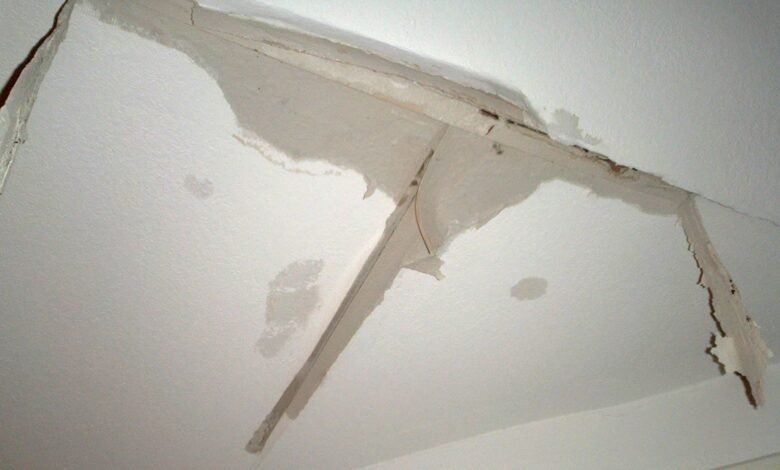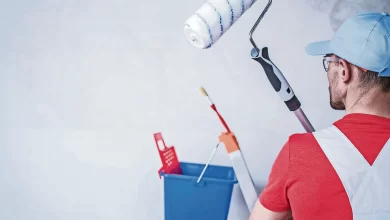How to Stop a Ceiling Leak in the Great Southern WA

Dealing with a ceiling leak can be stressful, but with the right steps, you can handle it effectively. Whether it’s due to a roof issue, plumbing problem, or air conditioning malfunction, here’s a simple guide to help you stop a ceiling leak and minimise damage.
Step 1: Find the Source of the Leak
The first thing you need to do is find out where the leak is coming from. Look for water stains or wet spots on your ceiling.
Once you see the signs, try to trace the water back to its origin. The leak could be from your roof, a pipe, or your air conditioning system.Knowing the exact source is important for fixing the problem.
Step 2: Stop the Water Flow
If you can, stop the water from leaking any further:
- Plumbing Leak: Turn off the water supply to the area that’s leaking.
- Roof Leak: Use a tarp or plastic sheeting to cover the part of the roof that’s letting water in.
- Air Conditioning Leak: Turn off the air conditioner and check if there’s a blockage in the drain pipe.
Step 3: Catch the Dripping Water
Place a bucket or a large container under the leak to catch the water. If you see a bulge in your ceiling where water is collecting, poke a small hole to let it drain.
This helps control the water flow and prevents it from spreading further.
Step 4: Remove Wet Materials
Carefully remove any wet insulation or other materials from the ceiling area. This will help the space dry out faster and reduce the risk of mould forming.
Step 5: Dry Out the Area
Use fans and dehumidifiers to thoroughly dry the affected area. It’s crucial to ensure everything is completely dry to prevent mould growth, which can be harmful to your health.
Step 6: Fix the Source of the Leak
Once the area is dry, you need to fix what caused the leak in the first place:
- Roof Leaks: Patch up any holes or replace damaged shingles.
- Plumbing Leaks: Repair or replace the broken pipes.
- Air Conditioning Leaks: Fix any damaged ducts or connections, and clear any blockages in the drain pipe.
Step 7: Repair the Ceiling
After fixing the source of the leak, it’s time to repair the ceiling:
- Replace any water-damaged plasterboard.
- Repaint the ceiling to match the rest of the room.
Step 8: Call a Professional if Needed
If you’re not sure how to fix the leak or if the damage is extensive, it’s best to call a professional. A ceiling repair service or a licensed plumber can help ensure the job is done right.
Why It’s Important to Act Quickly
Ceiling leaks can cause a lot of problems if not addressed promptly. Here’s why you need to act quickly:
- Prevent Further Damage: The longer the leak continues, the more damage it can cause to your home’s structure.
- Avoid Mold Growth: Mold can start to grow within 24-48 hours in damp conditions, which can be hazardous to your health.
- Save Money: Fixing a small leak right away is usually cheaper than dealing with extensive damage later on.
Additional Tips for Dealing with Ceiling Leaks
- Regular Inspections: Check your roof, plumbing, and air conditioning systems regularly to catch any potential issues before they become serious problems.
- Know Your Emergency Shut-offs: Familiarise yourself with how to shut off the water supply and other systems in your home in case of an emergency.
- Keep Emergency Supplies Handy: Have buckets, tarps, and plastic sheeting ready to use in case of a leak.
By following these steps, you can effectively manage a ceiling leak and minimise damage to your home. Remember, if you’re ever in doubt or if the job seems too big to handle on your own, don’t hesitate to contact a professional.
They can provide the expertise and assurance you need to get your home back to normal. For more detailed guidance or to find emergency ceiling repairs in WA Great Southern, check out Southern Ceiling Repairs.
Taking prompt action and following the right steps can make a big difference in protecting your home and maintaining a safe, dry living environment. For immediate assistance, contact them for emergency leak repair in Perth Southern Suburbs.





